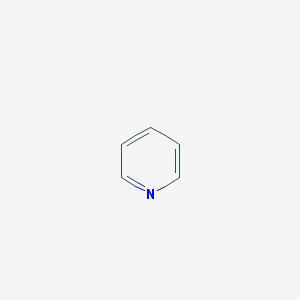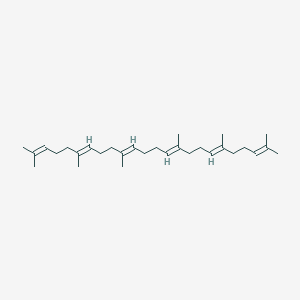-
Categories
-
Pharmaceutical Intermediates
-
Active Pharmaceutical Ingredients
-
Food Additives
- Industrial Coatings
- Agrochemicals
- Dyes and Pigments
- Surfactant
- Flavors and Fragrances
- Chemical Reagents
- Catalyst and Auxiliary
- Natural Products
- Inorganic Chemistry
-
Organic Chemistry
-
Biochemical Engineering
- Analytical Chemistry
- Cosmetic Ingredient
-
Pharmaceutical Intermediates
Promotion
ECHEMI Mall
Wholesale
Weekly Price
Exhibition
News
-
Trade Service
Chromium copper oxide (Cr2CuO4), also known as chrome oxide, is a chemical compound that is commonly used in various industrial applications.
The production process of chrome oxide involves several steps that involve the conversion of chromium and copper oxides into the desired compound.
The production process of chrome oxide can be divided into three main stages: preparation of the raw materials, mixing and calcinations of the raw materials, and post-treatment of the resulting product.
Preparation of Raw Materials
The preparation of raw materials involves the purification of chromium and copper oxides.
Chromium oxide is typically obtained by the oxidation of chromium metal in a furnace, while copper oxide is obtained by the oxidation of copper metal.
Both chromium and copper oxides are then purified by heating them in a furnace with a small amount of carbon.
This process removes impurities such as sulfur and nitrogen, resulting in pure chromium and copper oxides.
Mixing and Calcination of Raw Materials
The next step in the production process of chrome oxide is mixing and calcination of the raw materials.
The pure chromium and copper oxides are mixed together in the desired ratio, typically around 2:1 for chromium to copper.
The mixture is then heated in a furnace at a high temperature, typically around 800-900°C, to remove any remaining impurities and to form the desired compound.
The process of heating the mixture is known as calcination, and it results in the formation of chrome oxide.
Post-Treatment of Product
The final step in the production process of chrome oxide is post-treatment of the product.
After the mixture has been calcined, it is allowed to cool down, and the resulting product is ground into a fine powder.
The powder is then sintered at a high temperature, typically around 1200-1400°C, to increase its density and strength.
The sintered product is then ground again and classified to obtain particles of the desired size.
Applications of Chrome Oxide
Chrome oxide is a versatile compound with a wide range of applications in various industrial fields.
One of its most common uses is as a catalyst in the production of chemicals such as vinyl chloride and ethylene dichloride.
Chrome oxide is also used as a catalyst in the production of polyester fibers, as well as in the production of pigments for the paint industry.
It is also used as an additive in the production of rubber, where it improves the strength and elasticity of the rubber.
Advantages and Limitations of Chrome Oxide
One of the main advantages of chrome oxide is its ability to catalyze a wide range of chemical reactions, making it a versatile compound for various industrial applications.
It is also relatively stable and can withstand high temperatures and pressures, which makes it suitable for use in high-temperature reactions.
However, chrome oxide also has some limitations.
It is relatively expensive to produce, which can make it less cost-effective than other catalysts in some applications.
Additionally, the production process of chrome oxide can be complex and requires specialized equipment and expertise.
Conclusion
Chrome oxide is an important compound with a wide range of applications in various industrial fields.
Its production process involves the preparation of raw materials, mixing and calcination of the raw materials, and post-treatment of the resulting product.
The resulting product is a versatile catalyst that can catalyze a wide range of chemical reactions and is used in various industrial applications.
However, the production process of chrome oxide can be complex and relatively expensive, which can limit its use in some applications.







